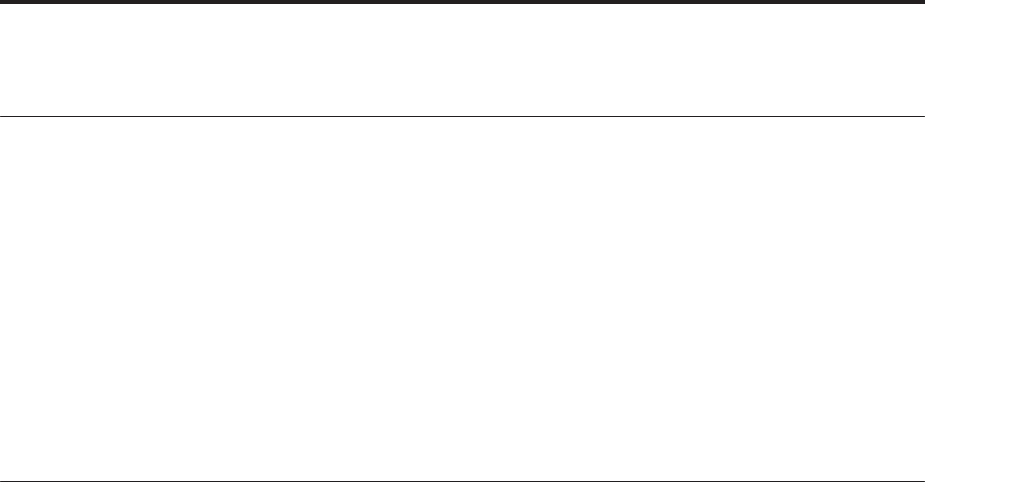
Bend Group Overview
945
Bend Group
Overview
The Bend Group allows various shapes of automatic
pitch bending to be applied to individual notes as they
are generated. It also allows a special “arpeggiated
bending” option to be applied to Drum Patterns.
However, no bending will actually occur unless the
Phase Pattern has been configured to allow it. This
allows effects to be set up where bending only occurs
in one or more steps of the Phase Pattern, while other
steps have no bending.
Bending is also affected by the Rhythm Pattern’s “no
bend” row. Bending will normally be triggered with
every single generated note or cluster within a Phase
Pattern step where bending is activated; by using the
“no bend” row, you can specify that bends will not
occur on various notes (single steps) of the Rhythm
Pattern. For more information, see Rhythm Group:
“Pattern Grid & Associated Parameters” on page 910.
Note that even if bending is properly activated, you
may not be hearing any bending effects if the 7–2b:
Transmitted MIDI Filter: “Pitch Bend” parameter
(☞PG p.101) has been set to filter out the pitch bend
that KARMA is generating.
General Parameters
On/Off [0, 1]
Allows the bending effects to be turned on or off.
While there are several other ways to disable bending
effects, this is mainly provided to allow the RT Parms
to control this in real-time. Note that this has no effect
if there are no Phase Pattern Steps with bending
enabled, or every step of the Rhythm Pattern has a “no
bend” row activated.
Amount [–12…18]
Sets the size in semitones of the bends, or selects one of
several special bending options. Note that the actual
resulting size of the bend also depends on the setting
of the “Bend Range” parameter, described later on. The
following descriptions apply when the “Bend Range”
(☞p.947) value is 12 (an octave). If the “Bend Range”
was 6, the semitones would actually be half-semitones;
if the “Bend Range” was 24, the semitones would
actually be whole tones.
0: Random (-12…12)
Each bend selects a random semitone size from -12–12
(excluding 0).
-12…12: -12…+12 semitones
Bends each note the selected semitone size.
13: Next Note
Bends each note to what will be the next note. For
example, if the notes to be generated were {C, E, G, B,
C…}, then the C will bend to the E, the E will bend to
the G, etc. This is very useful for simulation of
portamento, or effects like sliding from one bass note
to another within a phrase.
14: Next Note +1
Bends each note to what will be the note 2 notes from
the current note. For example, if the notes to be
generated were {C, E, G, B, C…}, then the C will bend
to the G, the E will bend to the B, etc.
15: Next Note +2
Bends each note to what will be the note 3 notes from
the current note. For example, if the notes to be
generated were {C, E, G, B, C…}, then the C will bend
to the B, the E will bend to the second C, etc.
16: Prev Note
Bends each note to what was the previous note. For
example, if the notes to be generated were {C, E, G, B,
C…}, then the E would bend to the C, the G would
bend to the E, the B would bend to the G, etc. In this
case, if C was the first note to be generated, a bend to E
would be calculated since there is no actual “previous”
note.
17: Prev Note –1
Bends each note to the note that was two notes
previous. For example, if the notes to be generated
were {C, E, G, B, C…}, then the G will bend to the C,
the B will bend to the E, etc.
18: Prev Note –2
Bends each note to the note that was three notes
previous. For example, if the notes to be generated
were {C, E, G, B, C…}, then the B will bend to the C,
the second C will bend to the
E, etc.
For the 3 Previous Note settings, when no notes have
yet been played, KARMA extrapolates what it thinks
the bends would have been for the first few notes,
based on various settings. Most of the time this will
produce a “musical-sounding” bend.
For the Next and Previous Note settings, a bend of 0 is
not allowed, even if the next or previous notes to be
generated are the same pitch. In this case, a bend to the
next or previous note in the Note Series will be used, in
order to preserve the illusion of continuous bending. If
all possibilities are exhausted, a bend of an octave (12)
will be used.
0: Off 1: On
0: Random 15: Next Note +2
–12…12: -12…+12 semitones 16: Prev Note
13: Next Note 17: Prev Note –1
14: Next Note +1 18: Prev Note –2


















